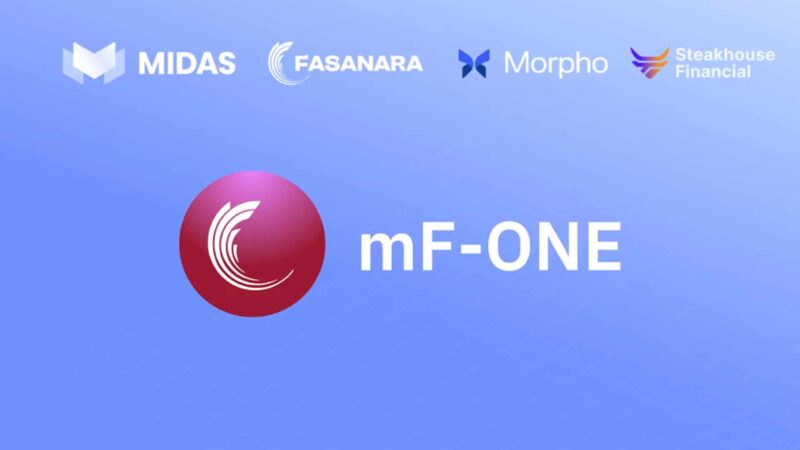PayPal and Venmo are integrating with the Ethereum Name Service (ENS), making cryptocurrency transactions easier for US users by allowing them to use readable names instead of complex wallet addresses.
ENS: Simplifying the Use of Cryptocurrencies
One major obstacle to mainstream use of cryptocurrencies has always been the complexity of wallet addresses, which are often long and consist of difficult-to-remember alphanumeric characters. This is where ENS comes in. By providing a readable name like ‘user.eth’, ENS makes transactions simpler and safer by eliminating the risk of error when entering a wallet address. The partnership with PayPal and Venmo will now allow users to enter an ENS name when sending cryptocurrencies, with the platforms automatically identifying the wallet address associated with that name.
A Limited but Strategic Adoption
For now, this new feature is limited to US users of PayPal and Venmo, but it represents a significant advancement. It could pave the way for wider adoption of cryptocurrencies by making their use more user-friendly and reducing errors in transactions.
We are excited to put ENS naming capabilities directly in the hands of millions of users, through Venmo, PayPal Mobile, and PayPal Web.
-Khori Whittaker, Executive Director of ENS Labs
The integration of this technology by such widely used payment platforms is a strong indication that cryptocurrencies are no longer just a niche phenomenon. These initiatives help bring digital assets into the daily lives of millions of users by simplifying their management and making it more intuitive.
An Integration that Goes Beyond Practical Utility
The choice of PayPal and Venmo to integrate ENS goes beyond mere functionality. It also reflects increased confidence in blockchain infrastructure and the future of digital assets. These companies, which have already taken steps to integrate cryptocurrency payments on their platforms, are further demonstrating their commitment to the digital economy.
If PayPal had already allowed its users to buy, sell, and hold cryptocurrencies directly from their account, this new feature demonstrates an deepening of that strategy by not only making access easier, but also facilitating the practical use of digital assets in everyday life.




